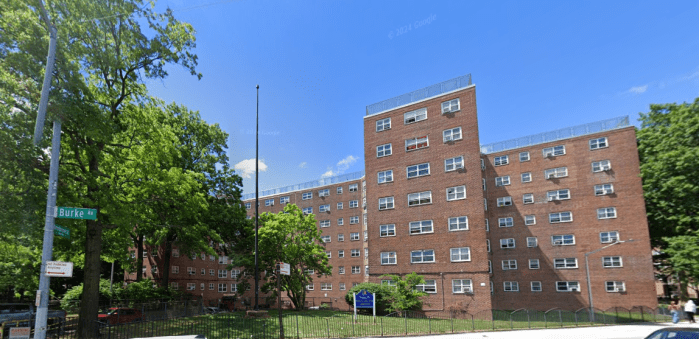New York State’s economy-wide climate commitments are already driving job growth and increasing investment in the state, all while reducing emissions and promoting environmental justice. New York residents and policymakers know that decarbonization is the future. I am writing today to say that for building electrification, the future is already here.
To date, hundreds of thousands of cold climate air-source heat pumps (ASHPs) have been installed across New York and New England. This brisk and growing rate of installation is the best possible evidence that people love having heat pumps in their homes and businesses. However, to achieve the monumental shift toward all-electric buildings that New York’s climate law demands, the state must move faster.
Mitsubishi Electric has been electrifying buildings in very cold climates for nearly 20 years. In Norway, a country that is colder than the coldest parts of New York State, sales of ASHPs grew quickly from a few thousand units in 2001 to nearly 100,000 in 2010. More than 60% of Norwegian households use an ASHP as their primary source of heat. This rate of growth is similar across Europe: heat pumps now dominate the market there for both new and existing buildings.
Closer to home, more than 100,000 homeowners in Maine, Vermont and New Hampshire heat their homes with heat pumps. In these states, the temperature routinely drops into the single digits and below. Make no mistake: heat pumps are fully capable of keeping up with these frigid temperatures.
Like all new technologies, cold-climate ASHPs face reasonable questions from consumers. One common concern is that when home- and business-owners hear the phrase “heat pump,” they think of an older, lower-performance technology. While these non-cold-climate heat pumps continue to be sold today, they cannot perform in the cold. Fortunately, cold-climate heat pumps like the ones Mitsubishi Electric has developed are different—they retain their efficiency and their ability to supply a building’s full heating need, even in temperatures well below zero.
For consumers, the transition to heat pumps can seem daunting at first. Understanding how these systems function and how to optimize them for maximum comfort and efficiency may require some adaptation—but not that much. Every day, homeowners in the Northeast learn how to operate their heat pumps in a way that makes them comfortable. While heat pumps may look different, that does not seem to have been a barrier for many thousands of building owners across the region.
Finally, because of the high efficiency and strong cold-weather performance of heat pumps—even under extreme conditions—concerns about stress on the electric grid are misplaced. To date there is no evidence that heat pumps put undue pressure on the grid during peak winter days in New England, even during this most recent January, which was colder than average. In fact, some commercial buildings that have converted to heat pumps have found that the efficiency improvement is so great that their overall electric use has dropped, even though no fuel was being used to provide heat.
Governor Kathy Hochul’s plan to decarbonize 2 million homes in New York is ambitious, and rightly so. The building electrification measures in the Governor’s budget will go a long way toward locking in a cleaner, healthier, more comfortable, and more affordable future for New Yorkers.
Thousands of home and business owners are already making the switch to heat pumps. Mitsubishi Electric and its partners stand at the ready to help the state capitalize on this opportunity.
Dana Fischer is manager of Utilities and Electrification – East for Mitsubishi Electric Trane HVAC US.







































